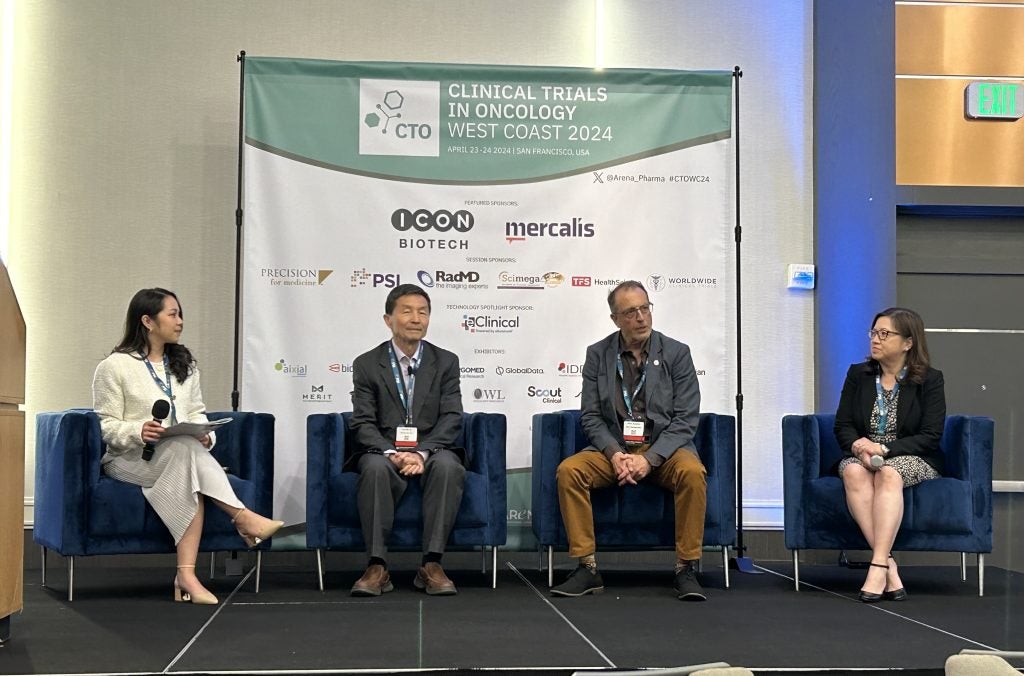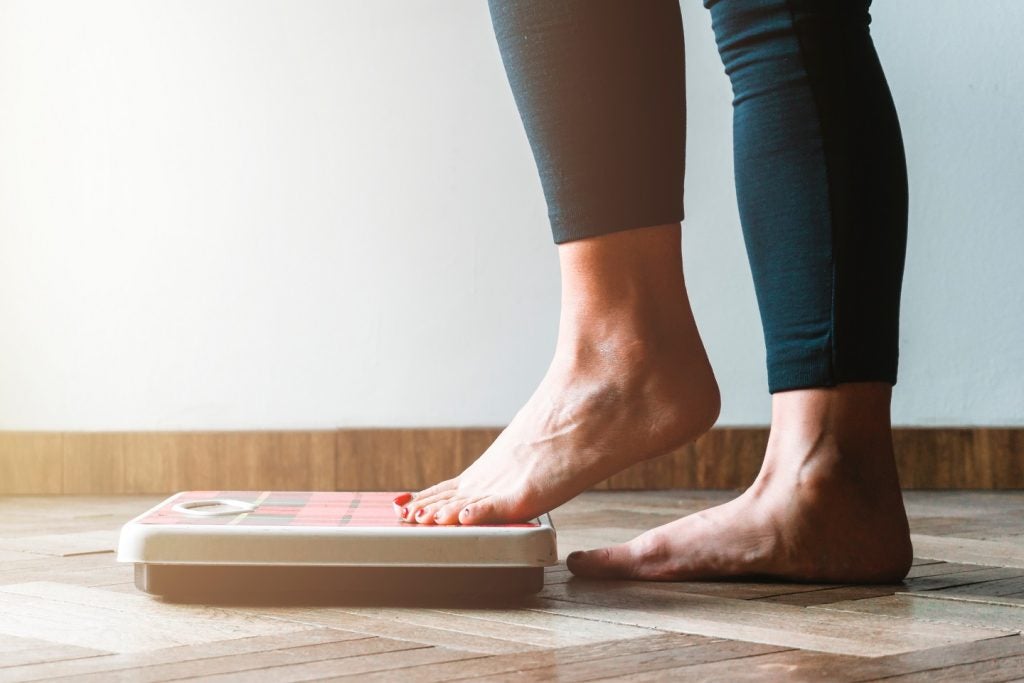Asian countries can offer great value as locations for clinical study sites. This is the third of a five-part series on getting the best out of your Southeast Asia clinical trial strategy. In parts IIa and IIb, we focused on South Korea, Taiwan, Singapore and Hong-Kong – the so-called “Tier 2” Asian countries. This article – Part IIIa – will address the two Asian giants in the Tier-3 Asian countries: India and China. Finally, in Part IIIb, the last piece in this series, we’ll round off withthe up and comers in Tier-3: Malaysia and Thailand.
India and China – these were the top two most attractive countries out of 15 for offshoring clinical trials outside the United States, according to a 2006 analysis by A. T. Kearney. The key drivers of attractiveness were “large patient pools” and “cost efficiencies.” While all 15 countries were significantly behind the US in “relevant experience,” China and India both finished close to bottom under “infrastructure and environment” and “regulatory conditions.”
How times have changed! Today, if you were to ask the question posed in the title of this series, “Tale of the Tiger or Tiger by the Tail,” we should have no hesitation in assigning the first description to China and the latter to India. The chart below is telling. To put it another way: China is where the opportunity awaits, whereas, India has rapidly turned out be a “head” case!
Source: Author’s analysis of data from www.clinicaltrials.gov.
See Also:
INDIA
The passage of the Patents (Amendment) Act, 2005, was a watershed event in the history of new drug development in India. The 2005 law essentially extended protection for product patents for drugs, food, chemicals and micro-organisms. This was the final step that brought India into compliance with World Trade Organization requirements under the so-called TRIPS (Trade-Related Aspects of Intellectual Property Rights) agreement. Prior to the 2005 law, India recognized only process patents and NOT product patents. While this protected and enabled the growth and global dominance of the Indian generics drugs industry, it did precious little to foster innovation in new chemical entities. Product patent protection is the life-blood of the global pharma industry and a mandatory requirement for any biotech start-up hoping to raise capital for new drug discovery. The change in the patent regime in India in 2005 opened the floodgates to innovation in new drug R&D (or so went the conventional wisdom). In reality, the biggest positive impact was in clinical research, with India becoming a key destination for international multicenter clinical trials.
How well do you really know your competitors?
Access the most comprehensive Company Profiles on the market, powered by GlobalData. Save hours of research. Gain competitive edge.

Thank you!
Your download email will arrive shortly
Not ready to buy yet? Download a free sample
We are confident about the unique quality of our Company Profiles. However, we want you to make the most beneficial decision for your business, so we offer a free sample that you can download by submitting the below form
By GlobalDataAs seen in the data from ClinicalTrials.gov (see Chart), the number of multicenter clinical trials in India increased by fourfold in year 2005 compared to 2004, and continued to grow steadily through to 2010. Conventional wisdom has it that decline of clinical trials in India was triggered by a ruling in September 2013, by the Supreme Court of India, which effectively banned clinical trials in India citing abuses, lack of and / or non-enforcement of clear guidelines to protect patients. The country is still struggling to get out from under the ruling as summarized in this article by Garima Srivastava.
In reality, however, a steady decline in clinical trials in India had already started in2011. Apparently, regulatory and infrastructure burdens more than cancelled out any potential gains from cost efficiencies. Note that this was a full two years before the Indian Supreme Court brought the hammer down with its September 2013 ruling. So, contrary to the popular perception that the Indian clinical trials industry was hamstrung in the last few years by the judgment of the apex court, the reality was that the marketplace had already begun to make its judgment a couple of years earlier.It may take a few more years before the dust settles down and clinical trials are back on track in India. Stay tuned for an update same time next year.
CHINA
Meanwhile, unlike India, China is clearly on an upswing, pulling away from India starting 2011. But, China is still a Tier-3 Asian country with 20-fold fewer clinical trials per capita compared to Tier-2 country South Korea, as was pointed out in the opening article of this series. For a variety of reasons – bureaucracy, regulations, onerous manufacturing requirements, etc. –China is one of the most difficult countries to conduct clinical trials, with prohibitively long times to approval.
Two important factors may help reverse this trend.
The Chinese government is actively and pro-actively modifying regulations and the environment to improve the ease of conducting clinical trials in China
Ironically, it’s onerous regulations and long times to approval that make China ideally suited for the “Asia first,” or rather “China first” clinical development strategy for any size pharma or biotech company. The argument goes something like this: The SFDA (Chinese drug regulating agency) has much more stringent preclinical and GLP study requirements for successful approval of an Investigational New Drug (IND) Application. So, it makes prudent sense to design these studies such that they comply with the dual requirements of both the US-FDA and Chinese SFDA.
China clearly satisfies the two criteria necessary to succeed with this strategy: (i) Attractive pharmaceutical market for newly patented drugs, and (ii) Infrastructure to conduct early-stage clinical trials.
The Chinese pharmaceutical market, the second largest in the world next to the US, is forecasted to grow from $108 billion in 2015 to $167 billion by 2020, representing an annual growth rate of 9.1 percent, according to a market report from the US Department of Commerce. Patented drugs were 22 percent of sales at $23 billion.
Whereas China itself has 15- to 30-fold fewer Phase I studies per capita compared to the Tier-2 Asian countries, one can utilize data from early-stage trials conducted in Hong Kong and perhaps Taiwan. Hong Kong is officially recognized by China State Food and Drug Administration for conducting clinical trials for drug registration in China for certain therapeutic areas. Trial data from Hong Kong may be used for filing new drug applications in China. Likewise, Taiwan and China have signed an agreement to jointly develop the biotechnology industry and facilitate the development of new drugs and clinical trials.
*Ramani A. Aiyer, PhD, MBA is the Principal at Shasta BioVentures, San Jose, California, USA. To post comments to the author, Ramani can be reached at: ramani@shasta-bioventures.com
PHOTO CREDIT: Nicholas Raymond via Flickr Creative Commons








